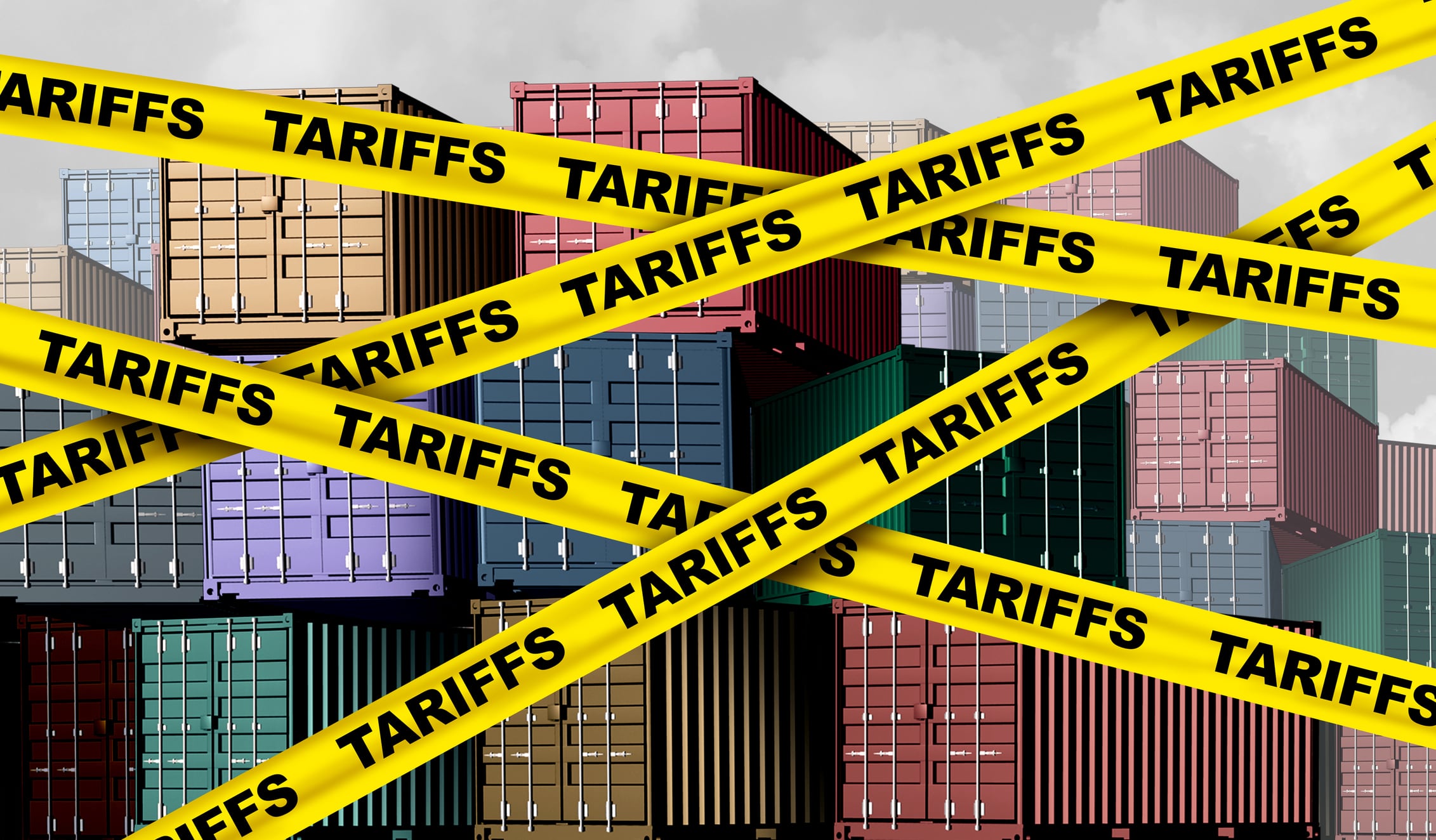Cost discipline isn’t just a defensive strategy to staunch losses and salvage margins as tariffs and inflation drive up costs and consumers pull back on spending, it also can drive growth, as illustrated by Conagra, General Mills and Celsius.
The challenges facing the trio of CPG giants also plague the broader packaged food and beverage industry, including inflation and tariffs squeezing margins, shifting shopper habits and preferences, and increased competition from smaller brands and private label as increasingly price-sensitive consumers trade down or out to save money.
Rather than relying on traditional strategies such as aggressive discounts or pausing innovation, leaders at Conagra, General Mills and Celsius are taking a new approach and in doing so offering a roadmap for other brands facing economic pressures and shifting consumer habits.
Fight or flight: Understanding the impact of tariffs and inflation
Tariffs and inflation are hitting all three companies – and consumers – dramatically and differently.
“If you look at the group in our industry over the last, call it five-plus years, you’ve seen somewhere in the neighborhood of 40% to 45% cost of goods inflation, which then triggered matching pricing actions for the vast majority of that five- to six-year period. Cumulatively, what we’ve got is a consumer who is strained and when the consumer is strained, it tends to show up in the volume line,” Conagra Brands CEO Sean Connolly told investors gathered at JP Morgan’s US Opportunities Forum Nov. 12.
For Conagra, this manifested as a 1.5 percentage point dip in volumes recently and an expected 7% increase in inflation this year, roughly split between core costs and tariffs on materials like tin and steel.
For General Mills, the impact is most apparent in sliding organic volume (down 1% in its first quarter reported Sept. 17) and organic net sales (down 3% year over year in the first quarter). In North America, the drop was significantly steeper – with net sales falling 13% to $2.6b driven in part by an 8 point loss from North American Yogurt divestment.
The drop is due in part to consumer wages not keeping up with inflation, which has been particularly difficult for consumers making less than $200,000 a year or those without money in the stock market, CEO Jeff Harmening said at the JP Morgan event.
He added the US government shutdown, which at the time was ongoing, and states’ inability to disburse Supplemental Nutrition Assistance Program funding to help lower-income Americans pay for groceries haven’t helped, but at least are “relatively short-term effects relative to what we see macro.”
Despite the headwinds, General Mills “drove improved pound competitiveness” in eight of the 10 top US categories in which it competes in the quarter, the company said in its first quarter earnings call – an indicator that its strategy to invest in product, packaging, brand communication and omnichannel execution is working despite running counter to the conventional approach of pulling back in these areas during difficult economies.
Beverage brand Celsius is less exposed to raw material inflation, but its focus on disciplined trade spend and operational efficiencies to protect its margins during a period of significant change showcases how cost management can effectively contribute to growth even against less extreme conditions.
How strategically holding price and avoiding deep discounts can boost volume
With consumers unable to absorb additional price hikes and investors increasing pressure to boost business via volume growth, each company adopted new strategies to boost the “value” and competitiveness of their products.
Conagra sought to keep prices stable, where possible, with the long-term plan that as cost some down margins will improve. In exchange it has held off on deep discounts that could further squeeze its margins and devalue the product in consumers’ eyes.
“About a year or so ago, a lot of the feedback from investors was, ‘Hey, it is time to get volumes moving. You cannot shrink your way to prosperity as a CPG,’” Connolly said, adding Conagra was one of the first companies to agree.
Responding to investor pressure to drive volumes, Conagra prioritized growth in frozen and snack categories while protecting margins in grocery segments most affected by tariffs and cost inflation.
As costs come down, Conagra does not plan to roll back price hikes in categories where increases only partially offset higher costs in favor of driving volume. Rather, Connolly said, it will let the difference ease previous margin pressure.
Conagra is holding back on promotions, partly due to past supply disruptions, and is tailoring promo activity by category to avoid devaluing the brand or overpromising supply.
Tailor promotions based on whether consumer shifts are structural vs cyclical
Conagra’s promotions are tailored by category, reflecting the motivations behind consumer behavior.
Categories driven by “cyclical changes,” such as short-term value-seeking in response to inflation, can see strong lifts from sales and promotions, as Conagra expects during the upcoming holiday season.
In contrast, categories affected by “structural” shifts in consumer preferences, such as a demand for healthier food, may see smaller gains, even with steep promotions. For example, sales of high-sugar and high-fat items likely will not be as effective as those with high fiber or protein.
In such cases, brands must complement sales efforts with innovation to drive sustained volume, Connelly suggested.
When to hold and when to fold on price
General Mills took a different approach on its pricing – opting to slightly lower prices on key brands so they aligned more closely to the competition, but maintain its lead by reinforcing its higher prices with brand-building marketing.
The company made this move after “some really good marketing” on Pillsbury failed to deliver the volume boost it expected – revealing its products were priced outside of the realm of possibility for consumers, including those who loved the brand.
On Pillsbury, “we needed to get pricing back to within a certain zone. Not that it would be equal to our competition, but just within a range where consumers would consider Pillsbury again and let our marketing work. We made the decision to take some prices down on Pillsbury and Totino’s as well, about a year ago. We saw that start to work. We decided, ‘Hey, look, it’s working on these businesses. Maybe we ought to be a little bit more broad with this approach,’” he explained.
Celsius splits the difference: balance premium positioning with selective promos
Celsius cut the difference between the approaches by General Mills and Conagra – opting to maintain its premium positioning but deploying selective, channel-specific promotions rather than broad discounting, explained Toby David, chief of staff at Celsius Holdings.
For example, the company relies on display execution in convenience stores rather than price cuts, but leans more heavily on multiple promotions through the year in club stores where consumers shop based on price and have a treasure-hunt mindset that together support initial trial.
Going into the fourth quarter, Celsius plans to invest 23% to 25% of revenue within its sales and marketing line, but plans to refine this in 2026 as it better understands which channels are the most effective and deliver the most return on investment, said David.
The common thread across these strategies is that value doesn’t mean lowest price. Rather, each company balances price integrity with targeted promotions to maintain brand equity. Their approaches offer a potential roadmap for other brands trying to protect price integrity, invest selective where consumers care and create space for growth even in high-cost environments.




